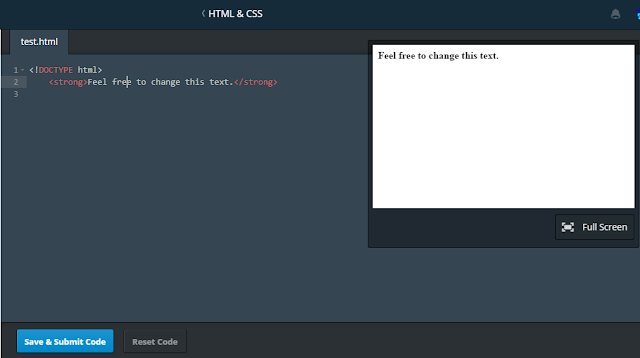The image size is specified in pixels: width="104" means 104 screen pixels wide.
You will learn more about images and the <img> tag later in this tutorial.
The alt Attribute
The alt attribute specifies an alternative text to be used, when an image cannot be displayed.
The value of the attribute can be read by screen readers. This way, someone "listening" to the webpage, e.g. a blind person, can "hear" the element.
Example
<img src="learntocode.jpg" alt="learntocodeforever.com" width="104" height="142">
We Suggest: Use Lowercase Attributes
The HTML5 standard does not require lowercase attribute names.
The title attribute can be written with uppercase or lowercase like Title and/or TITLE."Learn to code" recommends lowercase in HTML, and demands lowercase for stricter document types like XHTML.
We Suggest: Quote Attribute Values
The HTML5 standard does not require quotes around attribute values.
The href attribute, demonstrated above, can be written as:
Example
<a href=http://www.learntocodeforever.com>
Chapter Summary
- All HTML elements can have attributes
- The title attribute provides additional "tool-tip" information
- The href attribute provides address information for links
- The width and height attributes provide size information for images
- The alt attribute provides text for screen readers
- AtLearn to code we always use lowercase attribute names
- At Learn to code we always quote attribute values with double quotes












